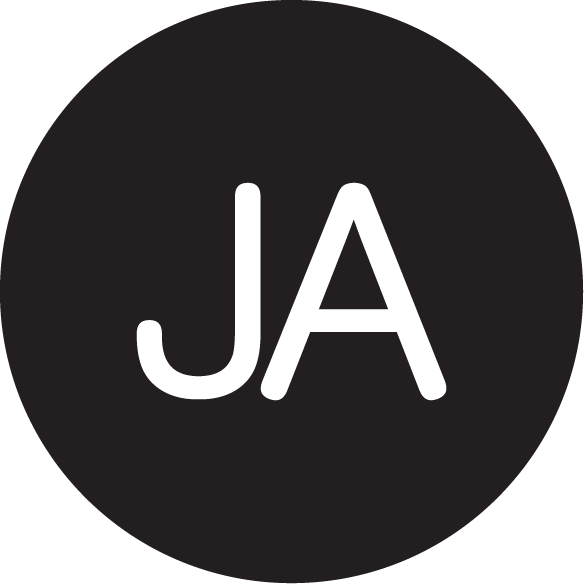Don't Panic! JA's BIM Manager Has You Covered
/In 2021 JA’s leadership team recognized our growing firm’s need for a full time Design Technology, or BIM Manager - or, if you aren’t familiar with our acronyms - BIM = Building Information Modeling. In layman’s terms, BIM allows all design disciplines - architects, mechanical, electrical, and plumbing engineers, structural engineers, and every other teammate - to work in the same 3-dimensional version drawings of the building we’re designing together. This allows for the team to identify design conflicts early, which is called “clash detection”. In other words, if the architects have a cool soffit planned for one part of the ceiling and the mechanical engineers were expecting to put a giant vent there, the designers and engineers can detect that conflict early in the model and course correct.
Most people imagine blueprints when they think of architecture, or giant rolled up drawings we carry around everywhere (see also “Architect” on any stock image website). But today most of our permit drawings are only produced digitally, submitted to municipalities for review through online programs, checked over by the planning department, marked up, and returned without ever finding a piece of paper. Once projects move into construction, those full sized 2-dimensional drawings are printed out and reviewed in construction trailers and on site, just like you see in the movies. But before they get to that point, often thousands of hours have been spent developing those 2D drawings in a 3D technology world.
Today’s most widely used BIM program is Revit, and that’s what JA uses on all of our projects. The “drafting” generation following AutoCAD, Revit also allows our team to develop quick 3D renderings and even “fly throughs” for our clients by exporting the model into other programs. This means we can quickly and affordably give our clients a visual example of their new space to get a better idea of how people will move through it. These programs also make it simpler to produce VR (virtual reality) and AR (augmented reality) experiences for our clients. So besides the practical benefit of seeing how every discipline’s part of the project fits together, using Building Information Modeling can also help us with aesthetic and experiential design.
Now, back to JA and our Design Technology Management. One of our newest hires, Jesse Baiata-Nicolai was brought onboard in mid-2021 to enhance our hard-working team’s efficiency by streamlining our Revit Models and our project drawing processes. He also serves as “tech support” for our 30 architects and designers as they work in a myriad of projects that range in size, scale, and complexity. And depending on how long we’ve been working on a specific project, architects and designers might be working in various versions of the Revit program depending on the project - some a few years old, some brand new! To support our staff through this maze of Building Information Models, Jesse has designed custom scrips in Revit that will allow them to reach out to him immediately if they need help! Here’s how Jesse explains it:
“We have a lot of projects in the studio and designers often bounce between numerous projects in multiple versions of Revit. It can be a challenge keeping track of what everyone’s working on. To make things easier on everyone I made a “Help!” button as part of a custom JA Revit Toolbar. It presents a popup window where users can enter a message describing their issue. It then sends that message to me in Slack, along with data from the Revit file they’re in so I have more context about the problem.”
Jesse’s “Help!” button script includes the User name, File Name, File Location, Revit Version, and a list of open views and selected elements. He’s even written a companion script to use that allows Jesse to recreate the exact context of an error that was received when the employee hit the Help! button.
A second button created by Jesse is named “Mr. Schedy” and is used for any requests that can be scheduled for the future. This could be for training or consulting or a more general request to add something to our templates. This script integrates with the productivity platform, Notion. It adds an item to a list and calendar database on the JA BIM Management Dashboard. It also pulls project specific information as necessary and sets the due date.
Does this sound like something you’d benefit from as an architect or designer? Considering joining our team, where you’ll have access to this type of Revit support every day! Our open positions are here.



